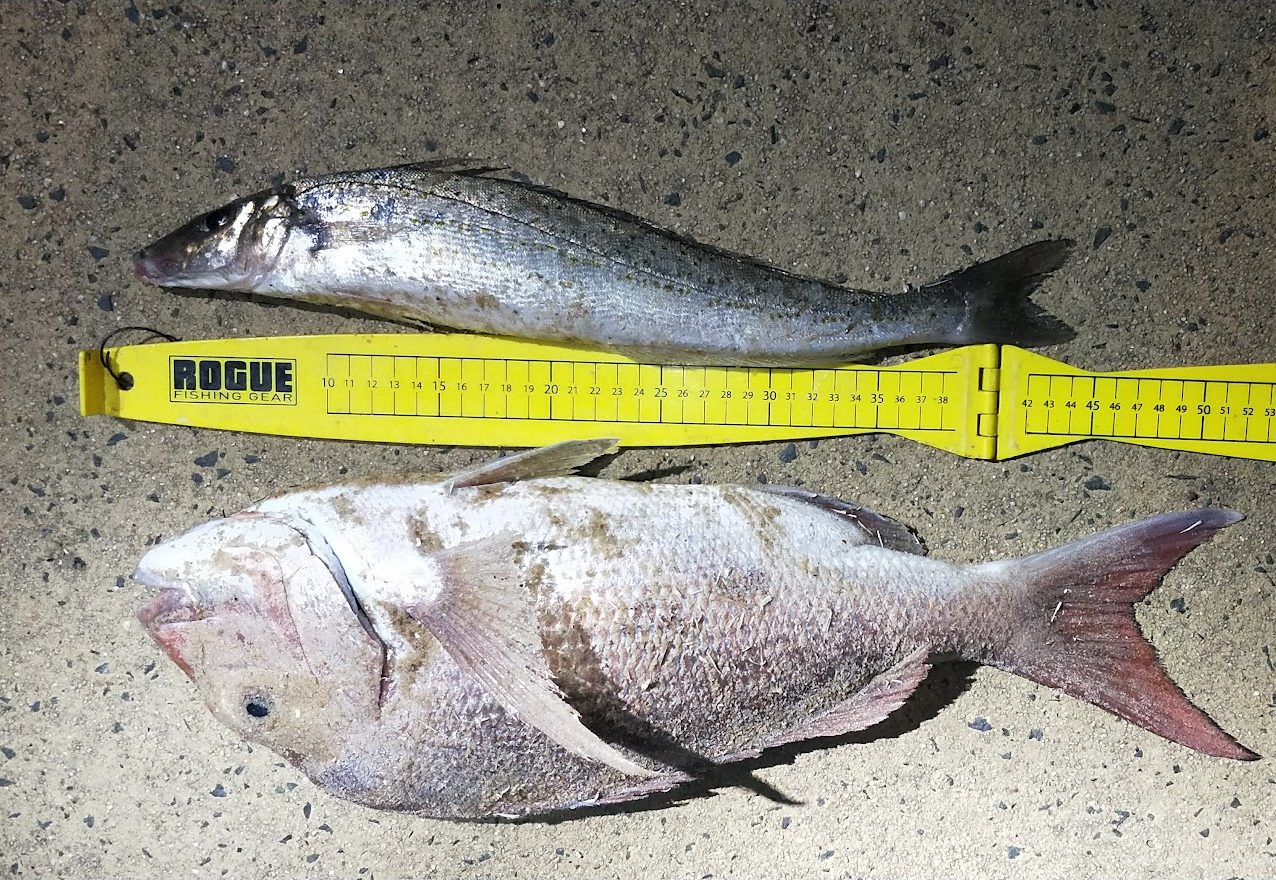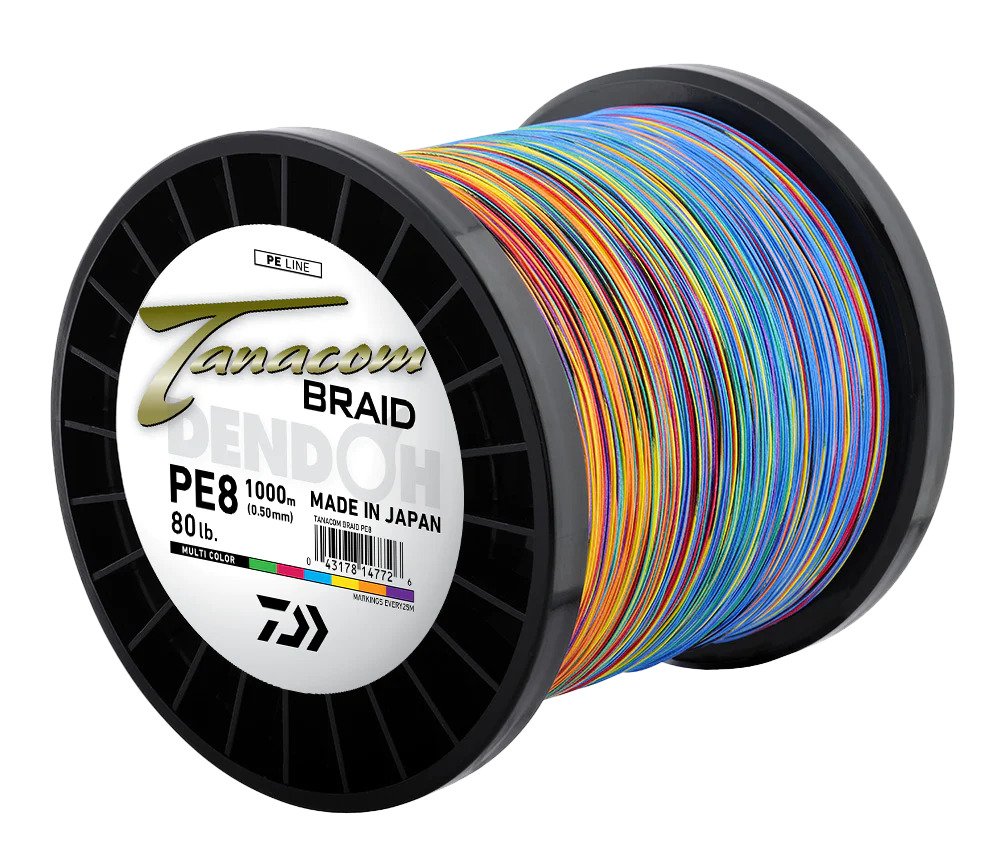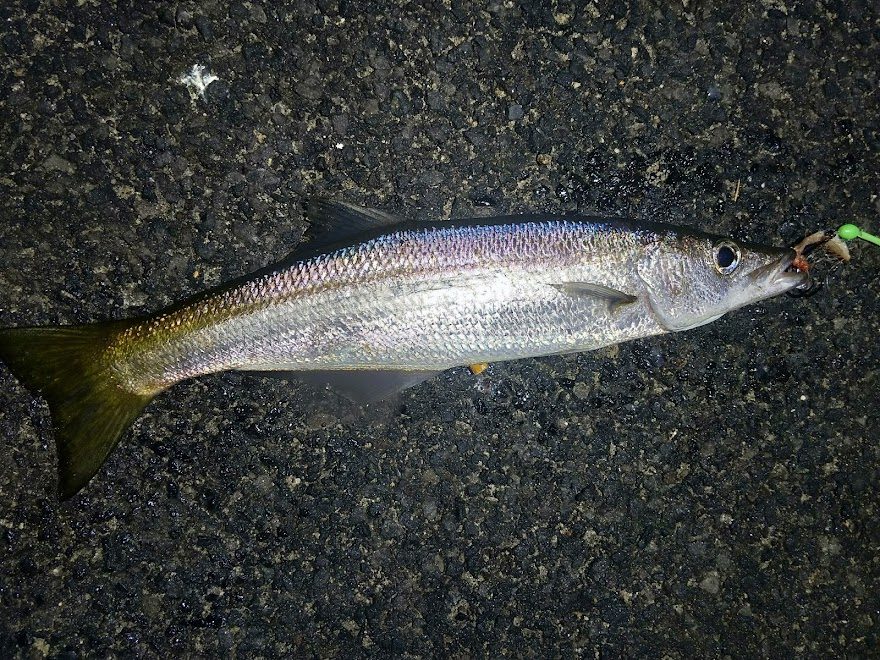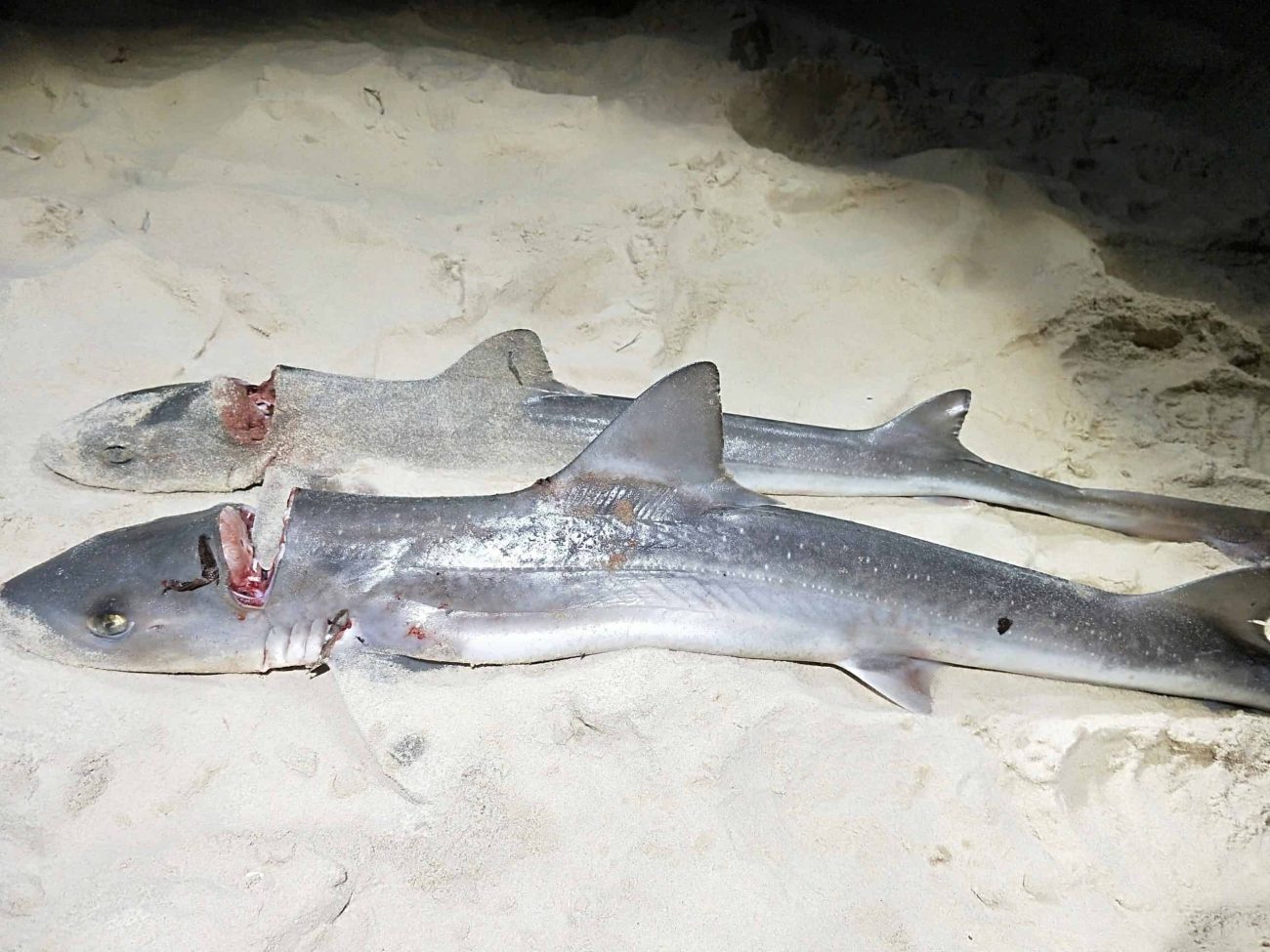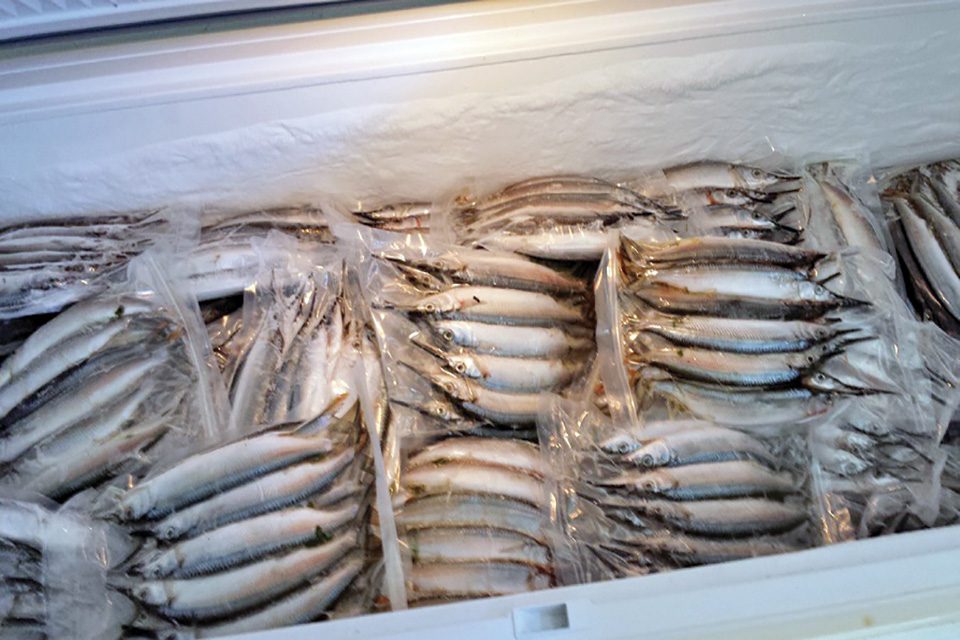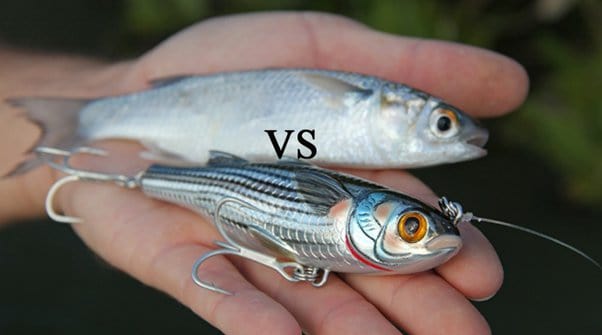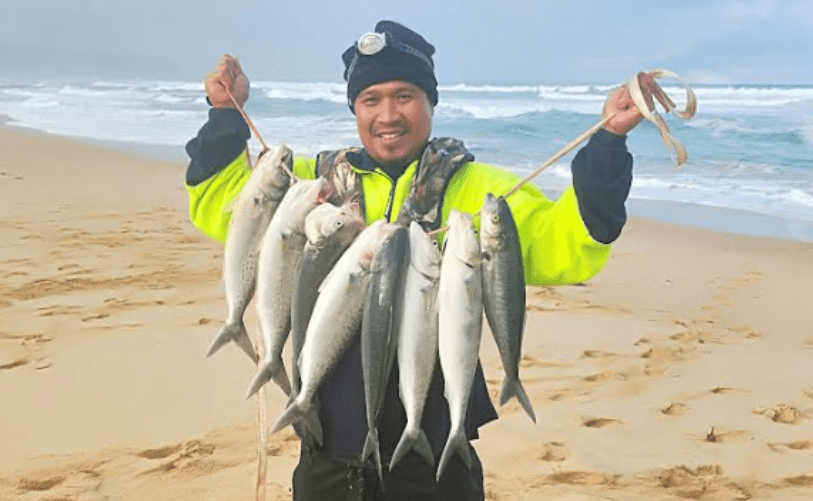How to Catch Whiting: A Comprehensive Guide
Looking to catch whiting? Visit Fishing Outlet today to get the best fishing gear and increase your chances of a successful fishing trip!
Welcome to our comprehensive guide on how to catch whiting. Whether you’re an experienced angler or a beginner, this article will provide you with the knowledge and techniques you need to successfully target and catch this popular fish species. We will cover everything from understanding whiting behavior to selecting the right bait and tackle. Let’s dive in!
Understanding Whiting
Before we discuss the fishing techniques, it’s essential to have a good understanding of the whiting species. Whiting, also known as King George whiting or sand whiting, are commonly found in the coastal waters of Australia. They are a highly sought-after species due to their delicious taste and challenging nature to catch.
Whiting prefer sandy or muddy bottoms and can often be found in shallow waters near sandbars, estuaries, and beaches. They are known to move in schools and tend to feed on small crustaceans, mollusks, and other small marine organisms.
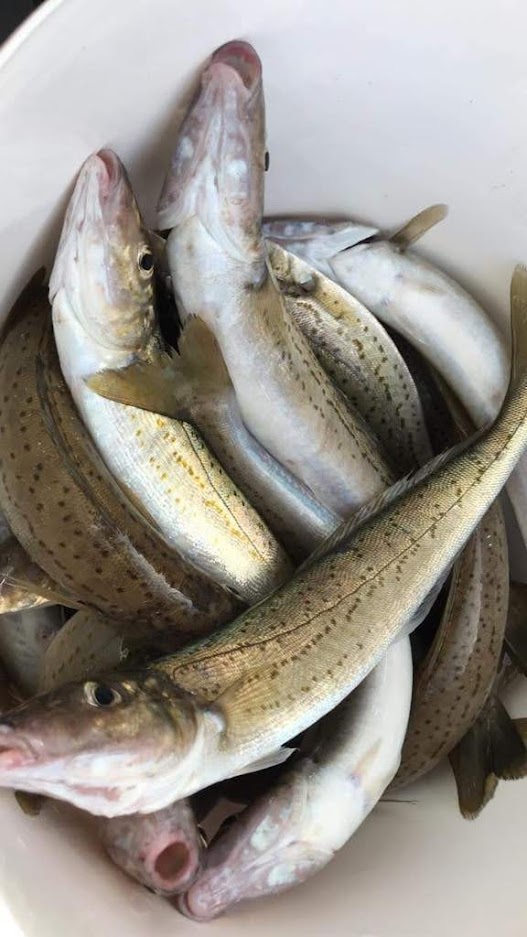
Best Whiting Rigs
The best rig for targeting King George (kg) whiting is a paternoster rig or a running sinker rig with a long fluorocarbon leader. These rigs allow the bait to be presented near the bottom, where whiting often feed.
A typical whiting rig should have a leader length of around 1.5 to 2 meters (5 to 6.5 feet). This length allows the bait to move naturally in the water while keeping the mainline away from the fish’s potentially shy or cautious approach.
When it comes to hook sizes for whiting, smaller hooks are generally more effective. Hooks in the range of #4 to #8 are commonly used. Using smaller hooks increases the chances of a solid hook-up, considering whiting have relatively small mouths.
The weight of the sinker for whiting will depend on various factors such as the current, wind conditions, and the depth you’re fishing. As a general guideline, using a sinker weight between 1/4 to 1/2 ounce is often suitable for targeting whiting.
Whiting can be caught throughout the day, but there are specific times when they are more active. Early mornings and late afternoons tend to be favorable for whiting fishing, as they are known to feed more actively during these times. Additionally, the rising tide and a few hours around high tide are typically productive periods for whiting fishing.
To set up a whiting rig, follow these steps:
- Attach a small-sized hook (around #4 to #8) to the end of your leader using a suitable knot.
- Slide a small running sinker onto the mainline above a swivel.
- Tie the leader to the other end of the swivel.
- Attach your bait (prawn, shrimp, bloodworms, etc.) to the hook securely.
- Adjust the position of the sinker on the mainline based on the desired depth and fishing conditions.
Whiting are known for their spirited fights, especially considering their size. While they may not have the raw power of larger game fish, whiting put up a good fight for their weight class. They exhibit strong bursts of speed and make determined runs, providing an exciting challenge for anglers.
A light to medium-action fishing rod, typically ranging from 7 to 9 feet in length, is well-suited for whiting fishing. Pair it with a spinning reel that has a smooth drag system to handle the fish’s spirited runs. This combination offers the necessary sensitivity and control to target whiting effectively.
Selecting the Right Gear
To maximize your chances of catching whiting, it’s important to have the right gear. Here are some key considerations when selecting your fishing equipment:
Rod and Reel
A light to medium-action fishing rod, around 7 to 9 feet in length, is ideal for whiting fishing. Pair it with a spinning reel that has a smooth drag system. This combination will provide you with the necessary sensitivity and control for a successful catch.
Fishing Line and Leader
When it comes to fishing line, a monofilament line with a breaking strength between 4 to 8 pounds is recommended. Whiting have keen eyesight, so using a clear or low-visibility line is advantageous. To prevent line breakage, attach a fluorocarbon leader with a breaking strength of 10 to 12 pounds.
Whiting Hooks and Whiting Rigs
For whiting fishing, using small-sized hooks in the range of #4 to #8 is effective. Whiting have relatively small mouths, and smaller hooks increase your chances of a solid hook-up. Consider using a paternoster rig or a running sinker rig with a long fluorocarbon leader to target whiting effectively.
Bait Selection
Choosing the right bait is crucial for attracting whiting. These fish are known to have a varied diet, but some baits are particularly effective in enticing them to bite. Here are some popular bait options:
Prawn and Shrimp
Fresh or frozen prawns and shrimp are highly effective baits for whiting. They closely resemble the small crustaceans that whiting naturally feed on. Peel the prawns or shrimp, leaving the tail intact, and thread them onto the hook. Make sure the bait is secure and presented naturally in the water.
Bloodworms and Beachworms
Bloodworms and beachworms are natural baits that are highly attractive to whiting. These can be threaded onto the hook or used in combination with other baits. Their natural scent and wriggling motion in the water make them irresistible to whiting.
Squid and Cuttlefish
Squid and cuttlefish strips are popular bait choices for whiting. Cut them into thin strips and thread them onto the hook, allowing the bait to flutter in the water. These baits release a scent that can attract whiting
from a distance.
Fishing Techniques
Now that you have the right gear and bait, let’s explore some effective fishing techniques to increase your chances of catching whiting:
Beach Fishing
When fishing for whiting from the beach, it’s important to consider the tides. Whiting tend to be more active during the rising tide and within a few hours of high tide. Look for sandy areas with gutters or sandbanks where whiting may gather.
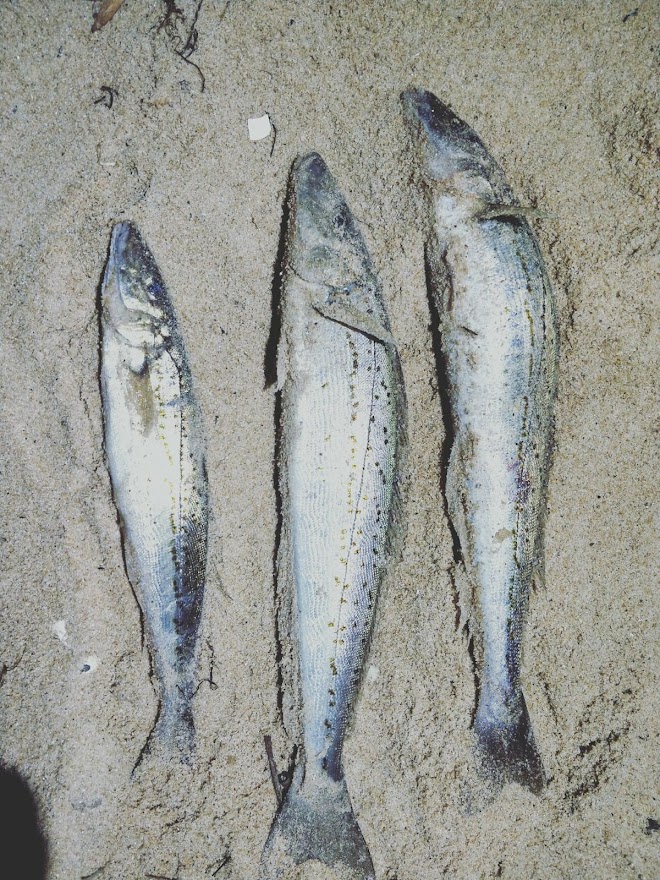
Cast your baited hook into the gutters or areas where the waves break. Keep your line taut and be attentive to any bites or nibbles. Whiting bites are often subtle, so it’s crucial to stay alert. Once you feel a bite, give a gentle strike to set the hook.
Estuary Fishing
In estuaries, focus your fishing efforts around sandbars, channels, and shallow flats. Whiting are known to move in schools, so if you catch one, there’s a good chance others are nearby.
Drift fishing is a popular technique for targeting whiting in estuaries. Position yourself upwind and allow the boat to drift naturally while presenting your bait in the water. Use a light sinker to keep your bait close to the bottom, where whiting usually feed.
Safety and Conservation Tips
As responsible anglers, it’s important to prioritise safety and conservation. Here are some key tips to keep in mind:
1. Always check local fishing regulations and obtain the necessary licenses or permits.
2. Practice catch-and-release when appropriate, ensuring the survival of undersized or unwanted catches.
3. Dispose of fishing lines, hooks, and other waste properly to minimize the impact on the marine environment.
4. Respect the natural habitat and avoid damaging seagrass beds or other sensitive ecosystems.
Congratulations! You now have a comprehensive understanding of how to catch whiting. By following the gear selection tips, bait suggestions, and fishing techniques outlined in this guide, you’ll significantly increase your chances of a successful whiting fishing trip.
Remember, patience and persistence are key. Enjoy the process, appreciate the beauty of nature, and savor the thrill of reeling in these magnificent fish. Happy fishing!

